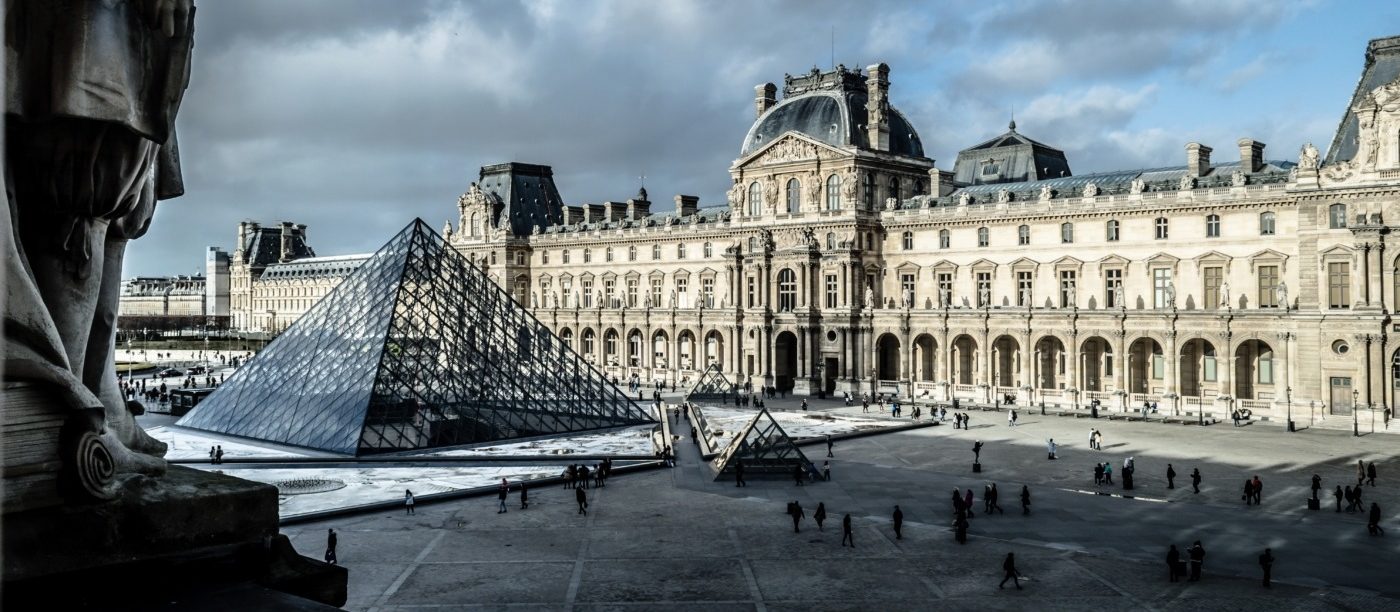The Carters in the Louvre
In recent years, some of the world’s largest art museums, such as the Louvre, have seen a decline in visitors. There are many reasons for this. A lack of people in such spaces could be a result of increasing economic constraints, as fewer people can afford to spend on luxuries such as museum admission fees. In the case of the Louvre some speculate that the 2015 terror attacks caused a massive decline in visitors as people are less inclined to travel. However, the lack of people visiting could also be part of a wider issue of lack of interest in what these spaces have to offer. This is something Beyoncé and Jay Z (aka the Carters) expose in their music video for ‘Apesh*t’.
The video was released in June 2017, and since then the number of visitors to the Louvre has sky rocketed. In 2018, it received a record breaking 10.2 million visitors, making it the most popular fine art museum in the world. This rise could be due to the power of pop culture. The video was shot both inside and out of the building, the gallery spaces having been emptied for the sole purpose of the video. It also featured many of the iconic pieces of artwork housed in the Louvre, such as Da Vinci’s Mona Lisa. This leads to the question: is the intermingling of pop culture the key to sparking interest into galleries again?
The lack of people visiting could be part of a wider issue of lack of interest in what these spaces have to offer
The great expanse of social media platforms in this technological age might provide a new form of advertising, one that reaches a wider audience. In an age of ‘check-list’ tourism, where we travel to places purely to be able to say we have done so, making a space desirable is easily done through celebrity endorsement. Creating an atmosphere of luxury and exclusivity – defining the next ‘new thing’ – is arguably what the Carters do. With the lyrics ‘we made it’ and ‘we livin’ lavish’, it’s hard not to view the Louvre as a symbol of achievement just by simply being there. However, when looking more closely at the music video there are deeper messages presented. Despite the effect it has had on the Louvre’s economy, the real message of the music video is something closer to the art itself.
Within the video the Carters are obviously challenging spaces like the Louvre, and the works inside that represent a white European culture. An important example of this is when Beyoncé and a line of black dancers are in front of the painting The Consecration of the Emperor Napoleon by Jacques-Louis David. The contrast between the two pieces of art (the painting and the dancers), helps question the celebrated history within the painting. The positioning of the two together helps de-romanticise the images of the Empire, and figures of colonisation, which represent a very negative period of history outside of the white Euro-centric sphere.
Is the intermingling of pop culture the key to sparking interest into galleries again?
This is again encapsulated by the constant images of the Carters stood in front of the Mona Lisa. These sections of the music video have been interpreted in various ways. The idea that the two are mimicking the cold expression of the portrait has been seen as the couple showing how they must assimilate into white culture, aligning themselves with the desired white version. Another interpretation is that the couple, now standing in front of one of the most famous pieces of art, alone in the room – something unheard of for this display – is upstaging and shows progression in the art industry. They have become more iconic than the standards set before. Finally, when the couple turn to face the piece at the end of the video, this shows that they are engaging with other art, not just creating it.
The use of nude leotards that match a range of skin tones, not just white, throughout the music video emphasises the whitewashing of history within the images on display. It is only when you get to the close ups of the Portrait of a Black Woman by Marie-Guillemine Benoist, do we see a pre-20th century portrait of a black person not depicted as a slave. The other incidents of black representation within the art have been through a white European lens, depicting slavery and servitude. The portrait therefore highlights how black bodies have been a part of Western art, yet black culture and individual representation has not been welcomed. This disembodiment is furthered by the paintings obvious sexualisation, as her breast is out, something that doesn’t occur in many of the white female portraits of a similar pose. This piece is vital in understanding the video’s challenging of representation.
The idea that the two are mimicking the cold expression of the portrait has been seen as the couple showing how they must assimilate into white culture
The portrait is also important as it is by a female artist. Something the music video touches on is the gender imbalance of the artistic world, through the focus on the female dancers, and Beyoncé herself. The emphasis on Beyoncé and the dancers contrasts how the Louvre, through its art displays, is typically a space of white male artistic exposure. Beyoncé – a black female artist – comes to symbolise not only progression, but the need to represent a more diverse, intersectional group within the art sphere.
Despite the increase in visitors and entertainment value that the music video has created, it invites a deeper conversation about representation in the arts, and critiques the version of representation that devalues and silences so many.

Comments
Comments are closed here.